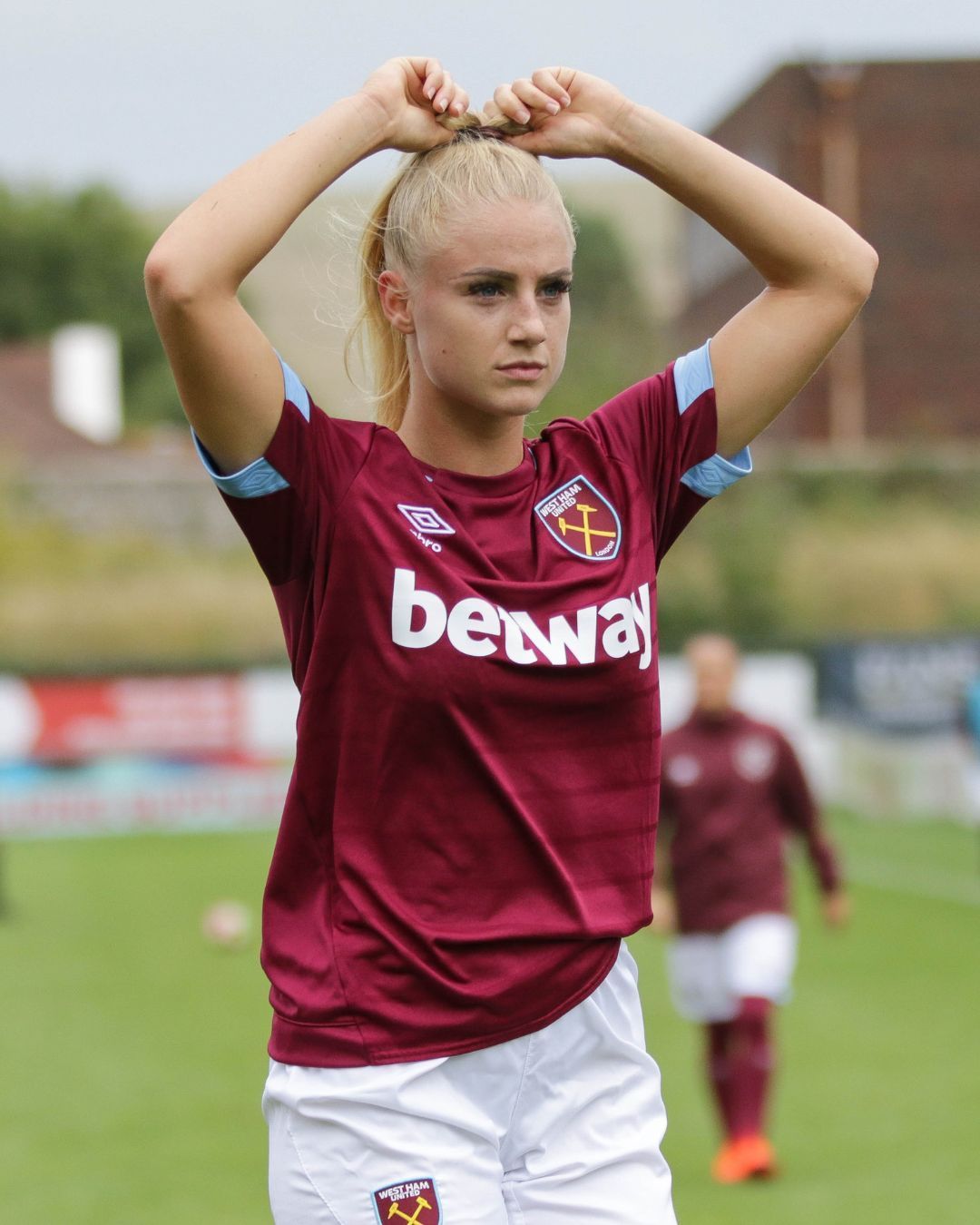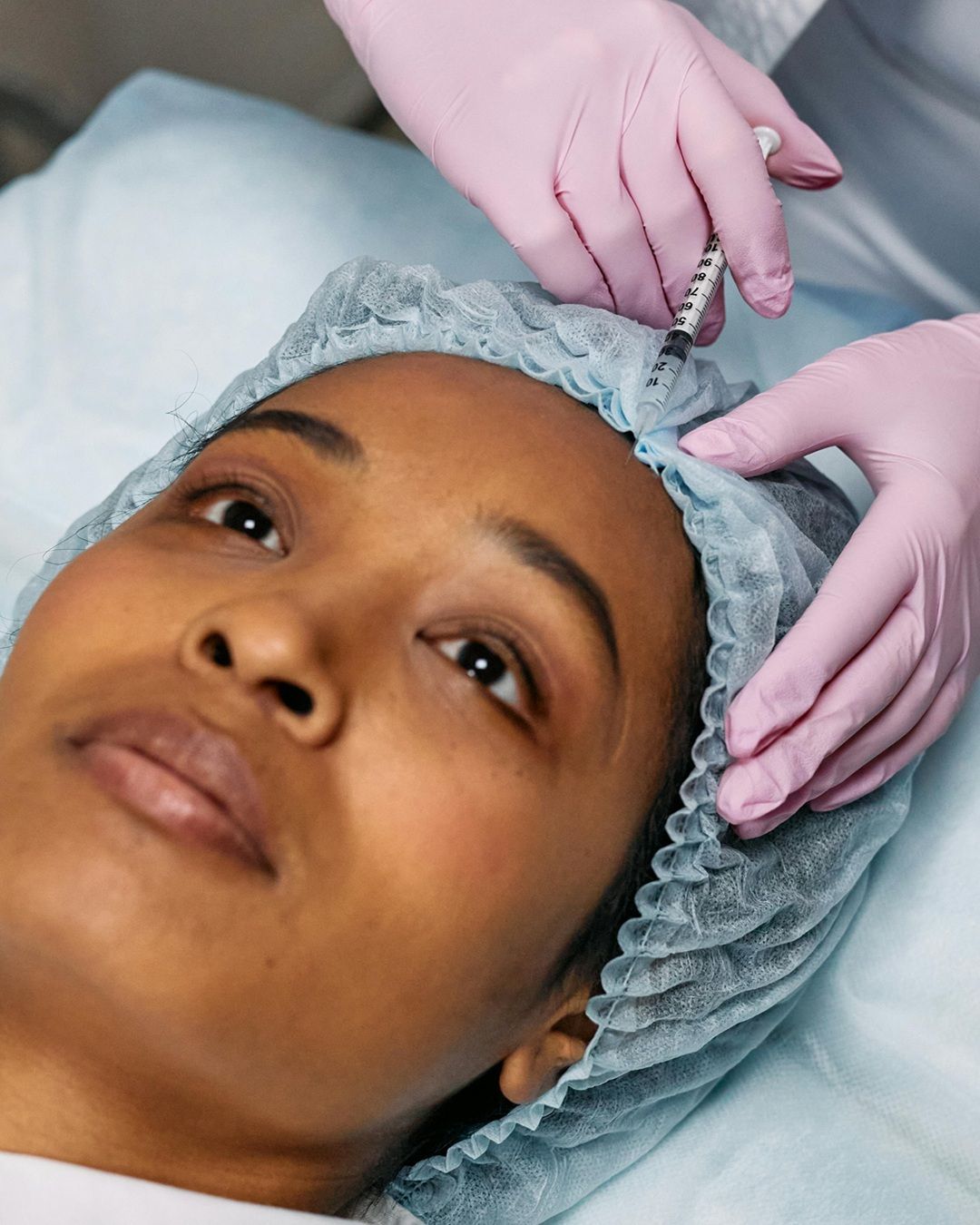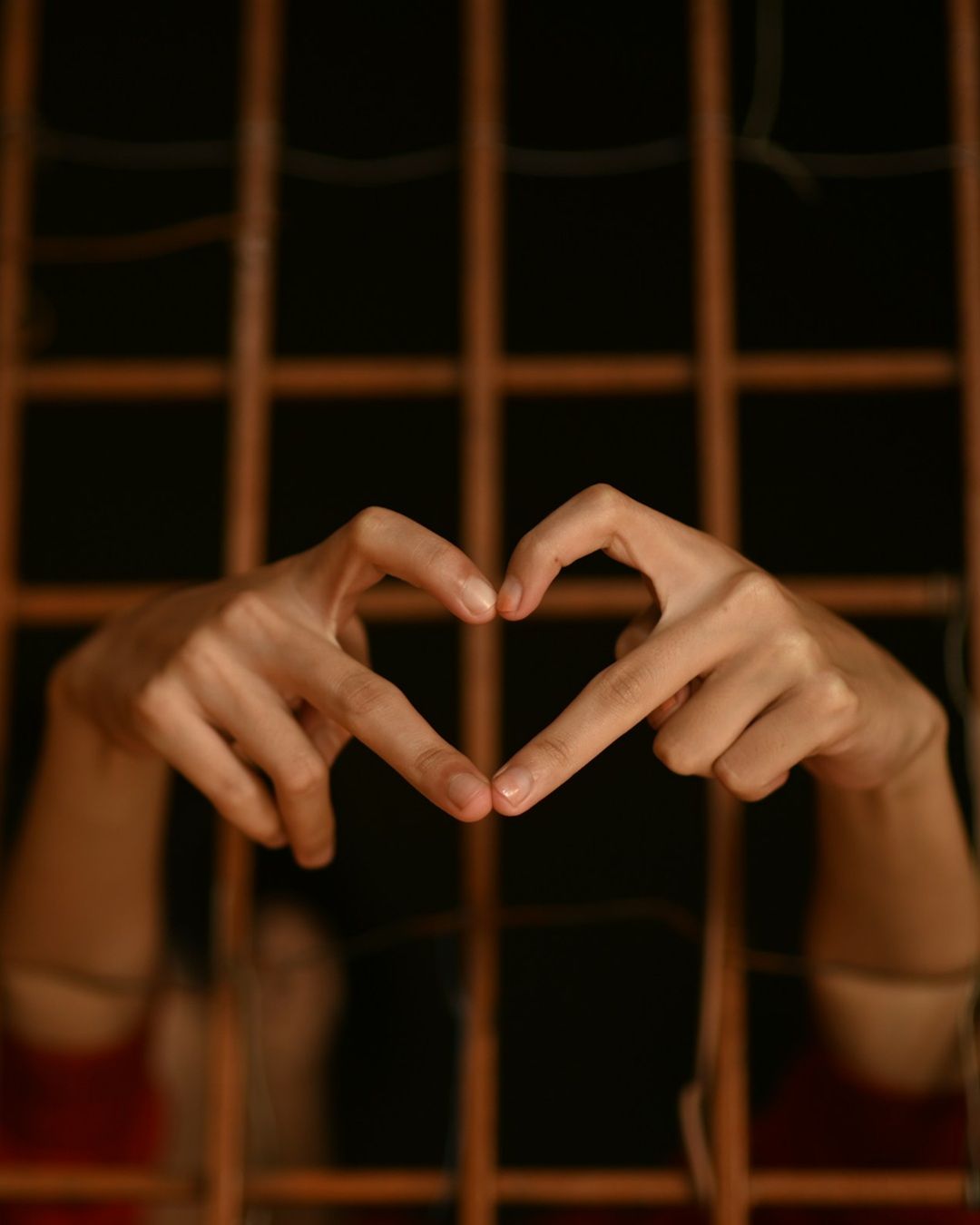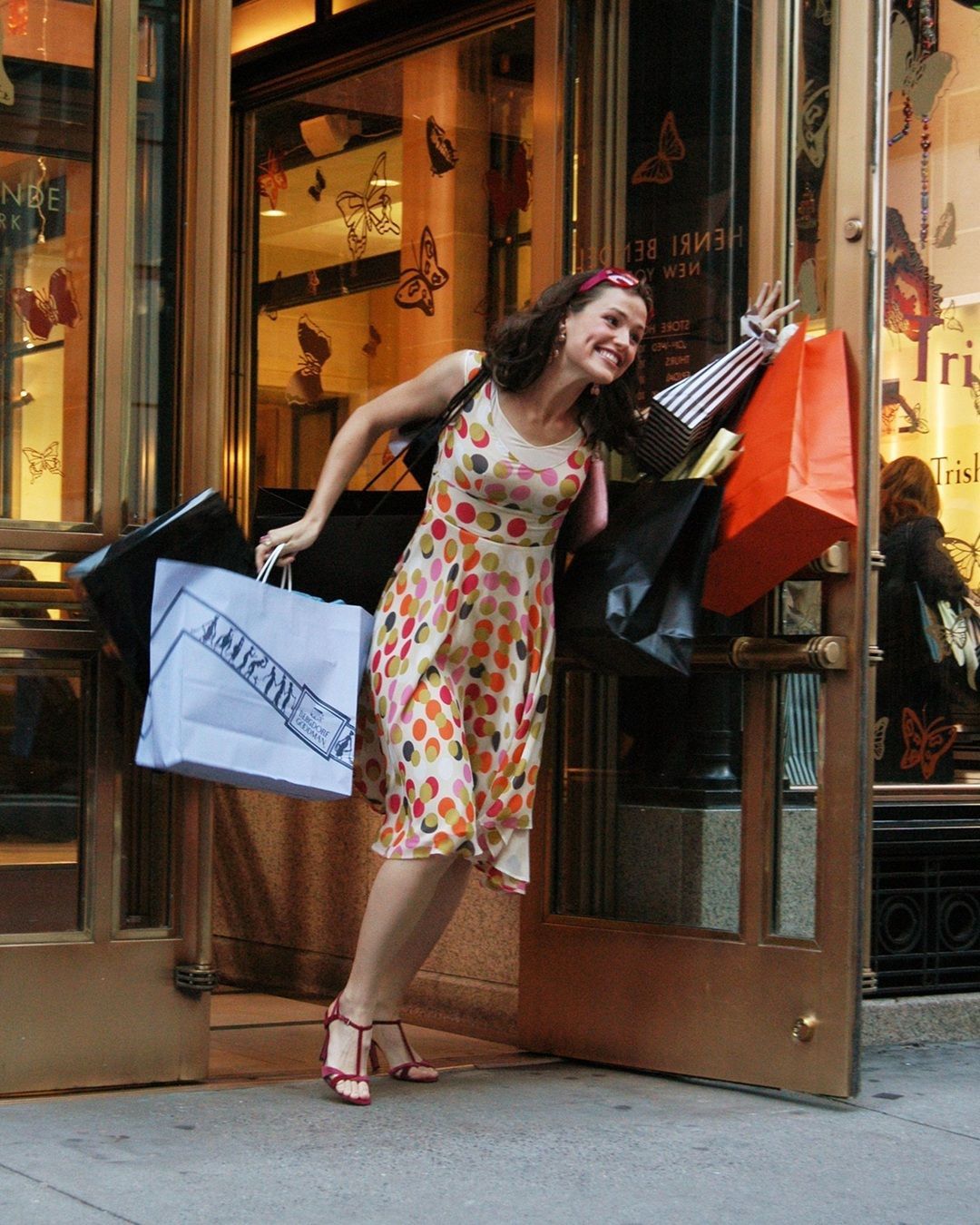
Are beauty brands underestimating women's sports? Caitlin Clark and Angel Reese are pioneers, but there is still a long way to go
Let's play a game. If I asked you to name a few Italian female athletes off the top of your head, who would you say? And if Carolina Kostner and Paola Egonu didn't count, who else would you think of? Furthermore, how many blank stares lost in thought would I gather if I asked you about agreements between beauty brands, skincare, and makeup and the athletes mentioned above? What these questions (and the potential answers) highlight is a gap, a gap in partnerships between representatives of women's sports and brands that sell or try to sell to women every day, and that's something we should start thinking about. Why? Because in the United States, they're finally starting to, and it's not working too badly.
The boom of women's basketball in the USA
Women's sports, and it's a fact, are followed less than men's sports, overall. But it won't be like that forever. Things across the pond are changing, albeit slowly. A prime example: a few days ago, the women's college basketball semifinal between the teams from Iowa and the University of Louisiana - featuring two of the most promising athletes of the moment, Caitlin Clark and Angel Reese - was the most-watched basketball game on the sports network ESPN. A sign that the audience for women's sports is growing and shows no signs of stopping. And as the audience grows - not just in basketball and not just on special occasions like the Olympics and the World Cup - so does the business, as is only natural.
Women's sports are growing, but brands are lagging behind
According to Deloitte, in 2024, revenues from elite women's sports will surpass one billion dollars for the first time in their history this year. This includes sponsorship deals and merch sales. So why aren't beauty brands, skincare, and makeup entering the arena? Some female basketball players are pioneering, while in men's sports, this practice is already well established. Angel Reese, for example, chose Vogue to announce her participation in the WNBA draft and signed contracts with McDonald's, Xfinity, Wingstop, and JanSport, while Caitlin Clark is working with Nike, State Farm, and Gatorade. Many brands, however, continue to overlook women's sports because the audience is smaller, and the gamble is considered a bit risky. Among the underlying reasons, we can't exclude a certain amount of sexism and racism, which too often infiltrate fan bases, as abundantly demonstrated by the case of Guadalupe Porras Ayuso. And what if sponsoring a female athlete meant, for some brands, alienating a portion of the audience?
Virtuous examples of agreements between beauty brands and athletes
These cultural and social reasons become less valid as the audience grows, thankfully. Shoe brands (Nike, for example, is heavily investing in women's soccer with campaigns and agreements, such as What the Football, which involved footballers like Ada Hegerberg, Alex Morgan, Chloe Kelly, and many others) and Mielle Organics and L'Oreal Paris have realized this, striking deals respectively with Reese and Juju Watkins and with Mary Fowler, Australian football star and now also brand ambassador. E.L.F, for its part, has just announced that it has become the first beauty partner of the Professional Women's Hockey League. The approach remains cautious in most cases, tied to specific events. This was candidly admitted by Casey Murphy, goalkeeper for the North Carolina Courage women's soccer team (in the National Women's Soccer League) and the United States women's national team. "It's difficult to get into those companies and explain what I do, explain that athletes still want to express their femininity, in whatever form they want."
Traditional femininity and "athletic" femininity
Here's where the problem lies. Could it be, as the goalkeeper pointed out, tied to a "traditional" definition of femininity? Much of the beauty industry, makeup, wellness, and skincare, in fact, still promote today and despite all the changes an idea of a woman that is feminine and attractive in a reassuring way, which is closely linked to thinness and often also to the purity and delicacy of women. Perhaps that's why Sha'Carry Richardson is chosen as the face of the collaboration between Nike and Jacquemus, but not of a skincare brand. Or why Swiss footballer Alisha Lehmann, who takes to the field fully made up, doesn't seem to have any commercial agreements with makeup brands. The femininity of female athletes, often, is seen at worst as masculine, strong, not very relatable, and at best as new, to be framed differently when it comes to selling it to an audience. And it's a challenge, no doubt, but a challenge that could open up new possibilities, both economically and culturally and socially. Yet, even today, a veil separates the world of makeup and beauty from the world of sports.
The time to act is now
Undoubtedly, something is moving, at least across the ocean. In Italy we lag behind a few steps, but from a purely economic point of view, the best time to act is now. According to Business of Fashion, discovering an athlete when she's still young offers a whole series of advantages and allows for more convenient agreements and less competition. Approaching established athletes, on the other hand, could mean tougher competition and a higher risk percentage. Brands, however, can't expect an immediate return on investment. Women's sports still need some time, but the important thing is not to be caught unprepared.
























































